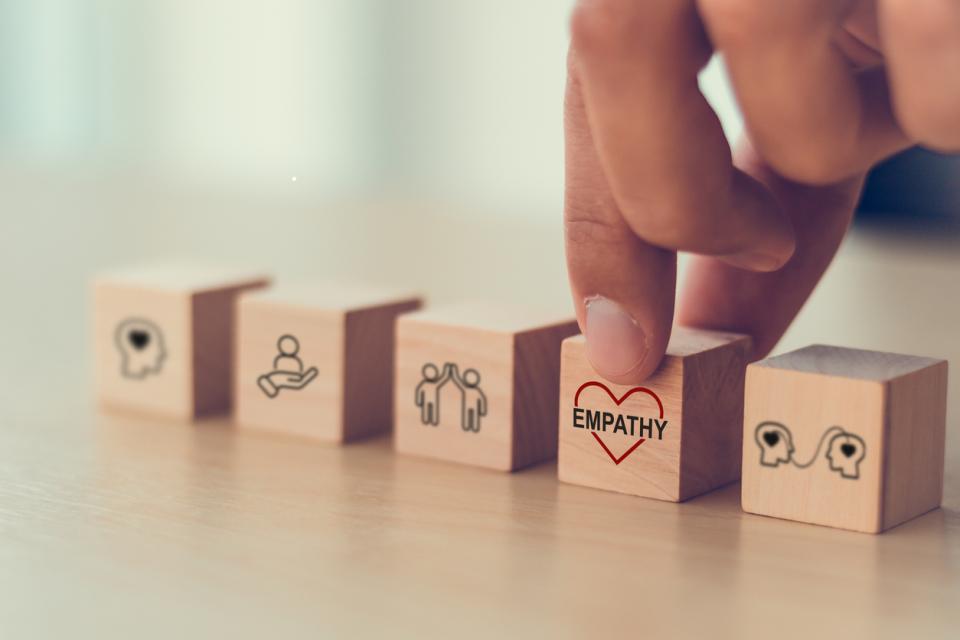As educators, we enter every class with a plan. We also enter these spaces with our personal traits and quirks. One of the most foundational yet underrated traits in classroom interactions is empathy.
Empathy is the ability to step into another person’s shoes – to understand their circumstances and respond accordingly. In teaching, this means considering students’ challenges and adapting our approach. When we ask them to be present in class, when we set assignments for them, when we give feedback on their work, when we offer opportunities for them to resubmit a failed assessment, when we organise events tailored to them and when, sometimes, we hang out casually with them, we adopt an empathetic perspective.
One might wonder if it is essential to be empathetic. In short, the psychologist in me would say YES! It is important to remember that our empathy attracts a reciprocal attitude from students. However, the reality is that how empathy looks in practice changes from day to day and classroom to classroom.
Empathy looks like equity
The first step towards creating equity and a semblance of parity among students is understanding students’ social constraints and their abilities – both physical and intellectual – while maintaining fairness in our approach.
Educators demonstrate this by supporting students who struggle with a concept without passing judgement, setting a positive example for their peers. In these situations, we are in essence practising the philosophy of positive discrimination and striving for equity.
Empathy looks like firmness and clarity
Empathy also requires us to be assertive in the classroom. Setting clear assignment deadlines and explaining evaluation criteria without fear of pushback reflects an educator’s confidence and self-respect. This is an example of self-empathy: understanding and validating your emotions and experiences in the same way you would others’.
This kind of empathy includes acknowledging the possibility of being taken for granted by students and acting remedially. By acknowledging and validating my concerns, I prepare my arguments thoroughly, enabling me to discuss complex topics such as gender parity, caste and colonialism with confidence in the classroom. This allows me to articulate and explain concepts without curtailing my voice and self-censoring. All these abilities come from being empathetic towards one’s own needs as a scholar. The same firmness shows my students what clarity looks like even while debating complicated topics.
- Collection: Well-being in higher education
- Building a culture of care to support students’ mental health
- How to prevent compassion fatigue
Empathy looks like listening and understanding
At some point, we have all extended assignment deadlines for students facing difficult circumstances. As teachers, we have all lent our ears to students facing challenges. As a counsellor, I lean towards being less sceptical of students’ accounts and taking them at face value. This is how to switch from just hearing to truly listening.
Empathy allows for a wider range of emotional expression
To an outsider, my students may sometimes appear rude, unresponsive, aggressive or uninterested. This does not concern me, as student responses stem from a combination of personal experiences and environmental factors, rather than solely my teaching approach.
This might seem counterintuitive, but being at ease in any classroom takes a lot of emotional work. At the beginning of each semester, through many introductory, ice-breaking exercises, I gain an idea of students’ socio-cultural backgrounds. I also try to understand their politics and the values they hold regarding various issues we discussed during the semester. This helps me gauge their emotional responses to a greater degree and moderate classroom discussions without suppressing individual standpoints. Acknowledging these external influences while empathising with students’ emotional expressions allows us to avoid taking their words and actions personally. Over time, this practice makes for a richer quality of classroom discussions.
I must acknowledge that empathy in pedagogic practice looks like many things, but it can be inculcated through the conscious inclusion of some of these practices. In a world ruled by social media, which is becoming less and less relational, showing our students we can understand where they are coming from, not being afraid to engage with their emotions and being present for them, can change our classroom interactions for the better.
Neha Wadhwa is an assistant professor at Manipal Centre for Humanities, Manipal Academy of Higher Education.
If you would like advice and insight from academics and university staff delivered direct to your inbox each week, sign up for the Campus newsletter.




comment